I recently made a list of all the different reasons I ‘watch’ something – be it on television, in theaters, or on the internets. While the list ended up being quite long, the vast majority of items related to previous contact with the project – mostly the involved talent. This revelation made all the other items on the list all the more interesting – all the methods of first contact for a series that led to me eventually watching – the real deep answer to the question “How do I get people to watch my web series?”
Rather than regurgitate the list, I’ll start by telling you what they all had in common. They all had to do with people talking about the project. There is an old saying about a person needing to hear about a product ten times before they consider purchasing it. The same would seem to be true when it comes to ‘watching.’ I get several emails from web producers every day, tweets, facebook messages, people at work – everyone has a series. While I watch every show we cover on Snobby Robot I find it’s the persistent that get my attention first. Send me a press release or a youtube link and you’re on my radar, message me a few more times asking me what’s up and suddenly I’m on it. Repetition -> Recall.
An audience first needs to be consciously aware that they have the ability to watch a show, only then can choose to actually watch it. A show that finds an audience will reach the same fans, multiple times, through different sources.
BUILDING TRUST
Making people consciously aware that your show exists is just the first half of the battle. You might have thousands of people hearing about your show every single day for several weeks, but you still need to convince them to watch. While some people will naturally be inclined to watch your trailer, be easily persuaded by your one sheet, or simply jump right in to your first episode, the majority need some convincing. The convincing comes from the ways in which your message is communicated to your audience.
Trusted Key Influencers
When I look back at the items on the list they read almost as if straight out of marketing class. The first drivers of your audience will come from key influencers, the people you can get to back your project who have the ability to influence a large number of others. The most common would be well respected reviewers, but anyone with a platform for their opinions can drive people to your project. I’m sure in your own personal experience there are people whose opinions you trust strongly.
 I’ll use the series ‘Average Joe’ as a recent example of a series that harnessed the power of key influencers to leverage an audience. Andy Biersack, lead singer of Black Veil Brides plays a secondary character in the show. He only has about 600k twitter followers and the ability to bring in some additional friends to cameo on the project. The episode in which they got Juliet Simms to sing has over 100k views. Their fans are talking, tweeting, commenting all of the time, and now many of them have become Average Joe fans.
I’ll use the series ‘Average Joe’ as a recent example of a series that harnessed the power of key influencers to leverage an audience. Andy Biersack, lead singer of Black Veil Brides plays a secondary character in the show. He only has about 600k twitter followers and the ability to bring in some additional friends to cameo on the project. The episode in which they got Juliet Simms to sing has over 100k views. Their fans are talking, tweeting, commenting all of the time, and now many of them have become Average Joe fans.
Even if you can’t tie influential people to your project in preproduction there are other ways. The show Sisters Of Mercy just managed to get a shout out from Stan Lee on Facebook, who knows how many views that will ultimately drive. The same group also contributed a piece to this site that was the most popular article that month to date, most likely because their editorial heaped praise on five other shows and their creators. Intelligently those shows have their own prebuilt audiences that Sisters Of Mercy is highly likely to appeal to.
Trusted communities
If you are fortunate enough to get your project out to enough people you might find another effect at play that influences people to watch. The term ‘cult classic’ is evoked fairly often with regard to films and other media that slowly built an audience through word of mouth over the years. Some groups of people, online communities or social circles begin to develop their own lingo, their own shared experiences, their own identifiable culture even. While we westernized people would use the term ‘pop culture’ to refer to things we all generally have some experience with, the phenomenon exists on a micro scale in all social groups. With your friends there are moments you all can recall; a song with a special meaning, a movie you all love or an inside joke you all laugh at.
Becoming a part of these social groups is a great opportunity for growth. When your friends talk about a show they love you need to watch it in order to fit in. Water cooler talk at work has driven many people to watch shows they never would have otherwise. I still can’t believe I watched all seven seasons of LOST -that shit wasn’t even that good.
In the web series community itself I see so many creators watching each other’s shows. Many of these shows are never seen by people outside of the web producers community but we all know them well because we want to be able to talk about them when others bring them up.
While we consume media to fit in we are also heading the advice of a trusted group. Our friends are our friends because of the things we share in common. All social groups share this same trait, and while we may not always identify with our social groups, and in turn act out of a fear or desire to fit in when we follow the crowd, ultimately we are a part of that group because we aren’t all that different. When other members enjoy something enough to talk about it, there is a part of us that begins to believe we might as well. When two or three members of the web series community recommend a series I know I’m going to like it.
Wisdom of crowds
When enough people get talking about a project our brains are able to compile data subconsciously to help us form an opinion. The same process is happening more and more often with computers these days, with web services compiling reviews, ratings and using advanced algorithms to estimate your ultimate desire for something. We can read review after review, look at cumulative ratings or chat with copious amounts of fans and detractors to form opinions.
This same idea is seen in social media, where we see hash tags rise and fall, likes broadcast or strangely absent. The really successful stuff has fan generated content as engaging as the original property, and for the big names one can scroll through that content endlessly. The creation, the sharing, the liking is an implicit “thumbs up” – a virtual seal of approval that something was worth their time, and might be worth yours.
All of these examples illustrate the power and the value of getting people talking about your project, and in turn imply the danger that comes with silence. Your potential audience is limitless, but no one wants to be the guinea pig. Your empty social media channels, your unrated IMDB page and non-existent press clippings may seem like a fresh start, or an opportunity to reach for the stars. Unfortunately, what it really represents is an infinite amount of rejection, dissatisfaction and apathy. It’s definitely better to be hated than to be ignored. So go get people talking.

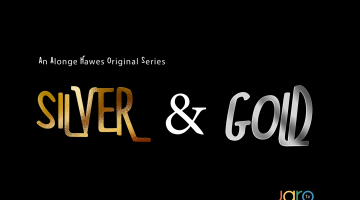



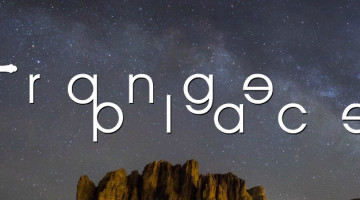

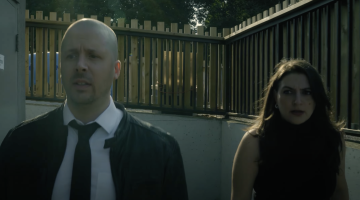
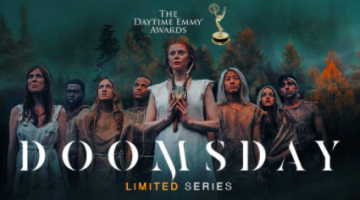
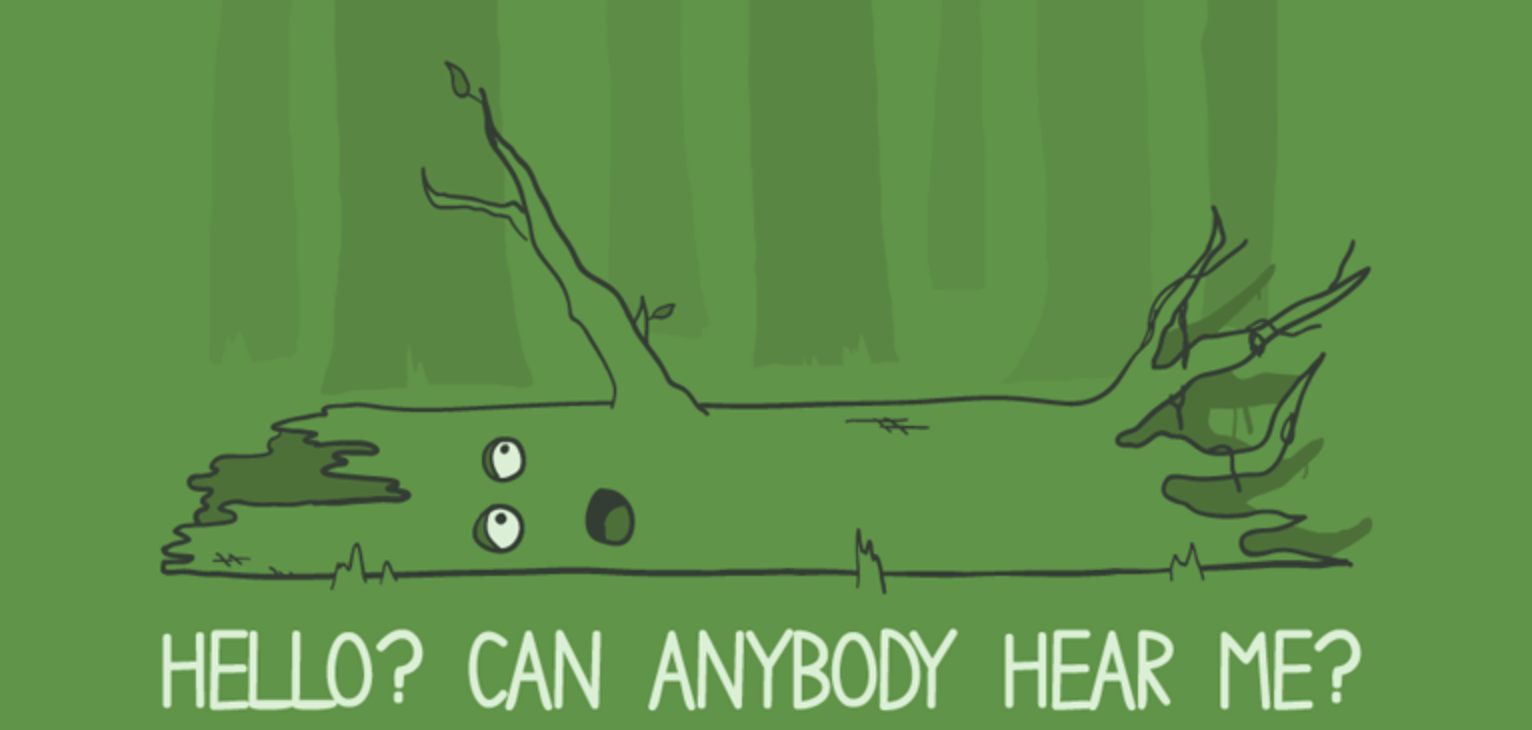
No Comment